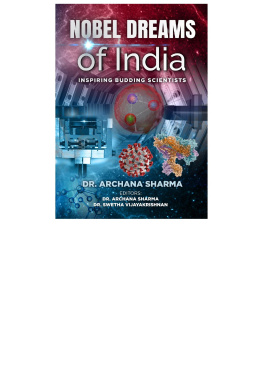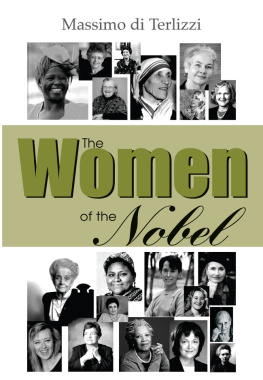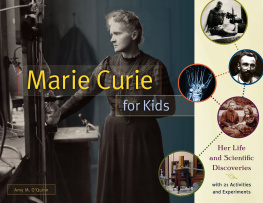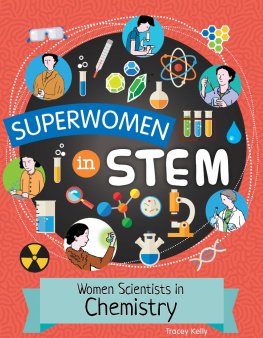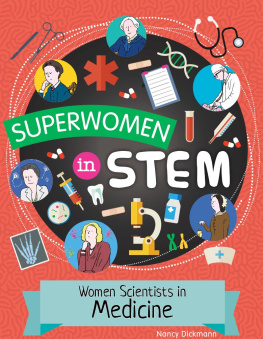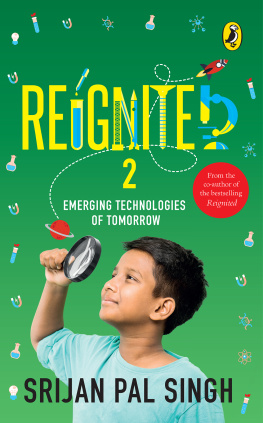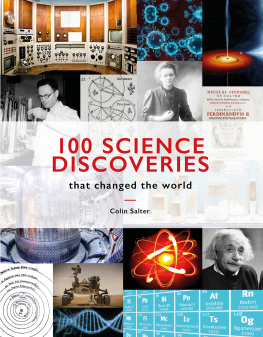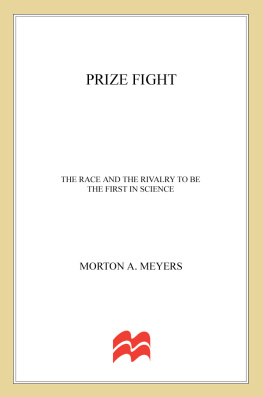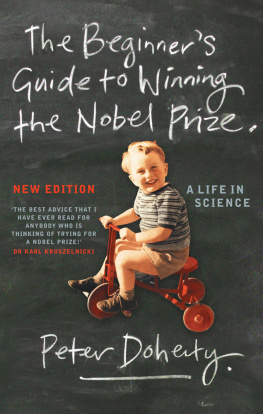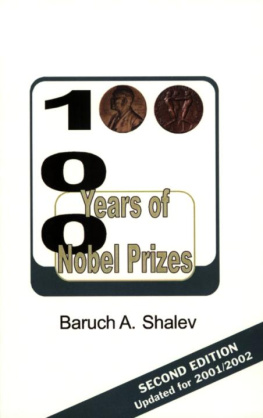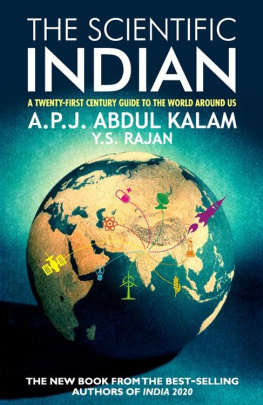
Table Of Contents
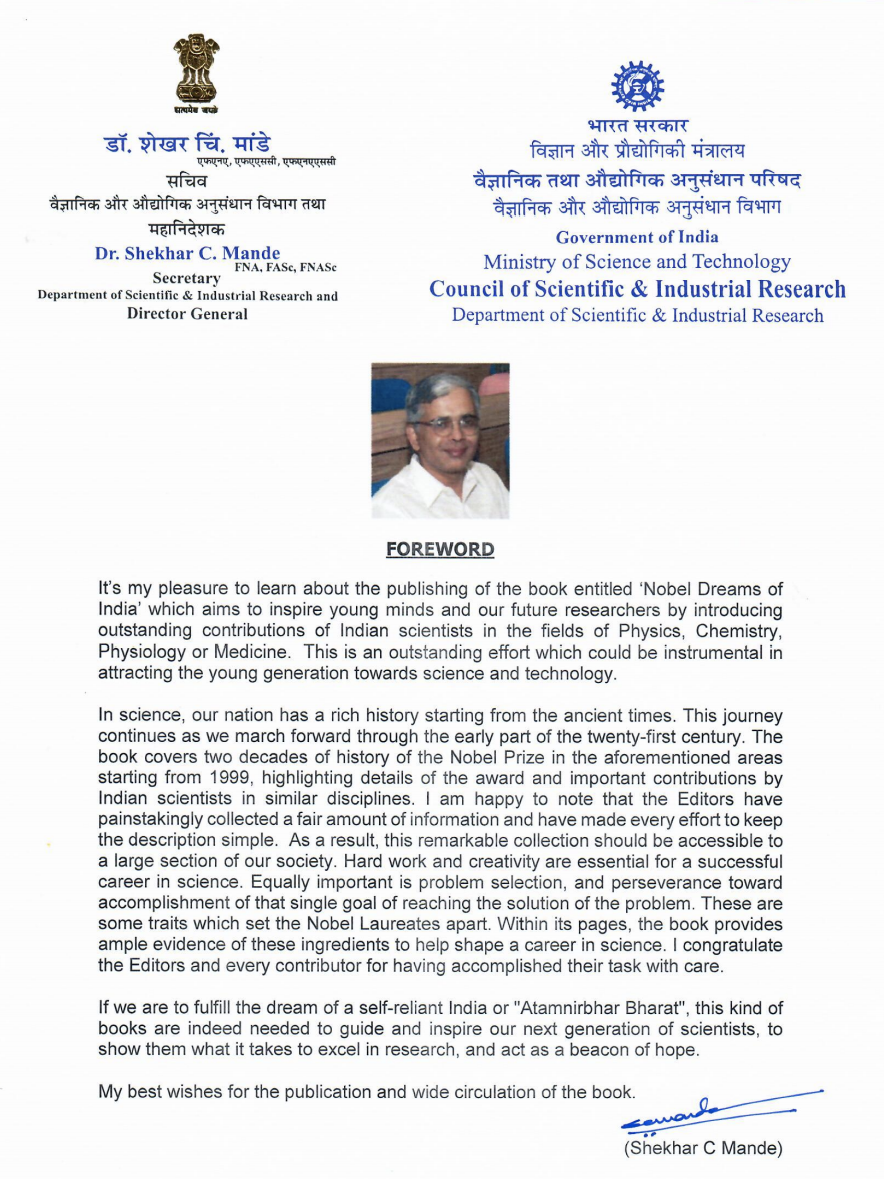
As an Indian-born scientist, I am privileged to be working at the European Organization for Nuclear Research, also known as CERN, which operates the largest particle physics laboratory in the world. My tiny steps into this journey started over 35 years ago in India, beginning in the school and universities I attended. I owe my professional success to the incredible teachers who instilled in me the determination and tolerance that a research career demands. During the 1970s and 1980s, Indias infrastructure was expanding and the Government was spending on providing amenities such as access to world-class information and experts. Back then, my peers lacked the guidance and information, readily available at the click of a button or the swipe of a finger to todays youth. Despite this availability today, not every aspiring student can find her or his way through the labyrinth of information. I vividly remember the day I attended a seminar by a professor from Newcastle, UK, talking about his research on volcanology, organized by the Science (Physics) Department at Banaras Hindu University (BHU), Varanasi. That was my very first interaction with an expert from outside the country, and it opened my mind to receiving and seeking knowledge and opportunities an ongoing pursuit. Gradually, I started learning, appreciating and understanding the exciting world of scientific research.
After having completed two PhDs and serving two postdoctoral positions, ever since joining CERN as a staff physicist in 2001, I was constantly reminded of the struggles that students today face. I started interacting with them at every given opportunity, particularly during my travels to India and elsewhere. In each of these interactions, I was always asked this one question: Maam, how can I visit or work at CERN? Their inquisitive and aspirational eyes would never shy away from talking to me, whether I met them at their school or college, or at a conference with other compatriots. Although I always felt I had not achieved something that others could not, my journey from being a visiting student at CERN in 1987, to working with a Nobel Laureate and gathering expertise in the niche field of gaseous radiation detectors, to being the first Indian to be employed at CERN in 2001, would fascinate them. Personally, this journey has been full of sweat and blood, much like many a woman balancing motherhood and career.
I firmly believe that the role of encouraging mentors cannot be underestimated in an arduous career path like that of a scientists. Hence, I have constantly encouraged students throughout my career and helped many to foray into the field of science and technology. School kids, who interned in our lab at CERN, are now excelling in careers, either in the academia or industry, in fields varying from quantum computing to finance.
I first met Swetha Vijayakrishnan at the International Indian Science Festival at Kolkata in November 2019, where she gave an excellent talk about cryo-electron microscopy, a subject she is very passionate about, and the thread that bound us was how we can bring such cutting-edge technologies to India. Our association continued and though the first idea of this book was to showcase the works of eminent Nobel Laureates in the field of Physics, it expanded to cover the fields of Chemistry and Biology. Atul Gulrajani helped me to compile content in the latter two fields and Swetha happily came on board to help verify it. This book finally ended up as a compilation of 63 stories covering Nobel Laureates awarded between 1999 and 2019. The stories range from the discovery of the Higgs Boson to Gravitational Waves, which are results of Mega Science projects like CERN and LIGO, to the femtosecond laser and nuclear magnetic resonance, to the construction of the first electronic nose and gene therapy approach against HIV and other pathogens.
Through this book, we want to share with you the journey of Nobel Laureates and their award-winning endeavours. The primary takeaway is that a lot of cutting-edge, collaborative work is underway as Mega Science projects in India. We want to highlight our countrys true potential in realizing them and the obstacles that are hindering this effort. It is heartening to see that there are massive steps being taken towards raising a talent pool of scientists who can make our country self-reliant in science and technology and contribute immensely to its economy.
In todays world, knowledge is the new capital as the future of any society depends on its progress in science. Our motive is to inspire young minds and fuel their curiosity by helping them gain knowledge about globally renowned experts, pathbreaking discoveries and research and training facilities available in India that will help them to connect and grow. There exist many opportunities within the country to participate in cutting-edge research, such as those listed under Mega Science Projects with further information.
Seeing the unfolding of the 2013 Physics Nobel Prize, awarded for the observation of the Higgs Boson at CERN, was one of my greatest inspirations to write this book. The book is my small and humble contribution towards giving my countrys youth some direction, a nudge, to create an Einstein out of every interested student. In closing, I would like to leave you with the words of the physicist and Nobel Laureate Andre K. Geim:
When one dares to try, rewards are not guaranteed, but at least it is an adventure.
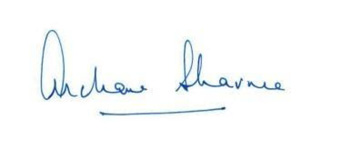
01/09/2020
Synopsis of Mega Science Projects
- CERN ( https://home.cern/ ): CERN stands for European Organization for Nuclear Research in English, situated on the border of France and Switzerland. CERN has the largest particle accelerator facility on earth. It also has the largest machine ever build by humans, the Large Hadron collider (LHC). CERN is not only the place for highly cutting-edge research facilities but also open for exploring science to anyone. Thats how CERN justifies its tagline, Accelerating Science.
India has been associated with CERN in this journey of accelerating science for almost three decades. This fascinating odyssey started with Indian scientists participating in CERNs Superproton Synchrotron. Currently India is a significant contributor in the ALICE and CMS experiments at the LHC. Several Indian universities and institutes are members of one or both of these two collaborative experiments. Along with participation in the harvest of rich physics provided by the experiments, the Indian groups have also contributed in terms of development, fabrication and operation of several sub-detectors or detector components used in them.
- FAIR ( https://fair-center.eu/ ): FAIR stands for Facility for Antiproton and Ion Research in Europe. Currently the international accelerator facility FAIR, one of the largest research projects worldwide, is being built in Darmstadt, Germany. At FAIR, matter that usually only exists in the depth of space will be produced in a lab for research. Scientists from all over the world will be able to gain new insights into the structure of matter and the evolution of the universe from the Big Bang to the present. The entire research activities at FAIR are subdivided into four experimental programs, namely Compressed Baryonic Matter (CBM), Nuclear Structure, Astrophysics and Reactions (NUSTAR), Atomic, Plasma Physics and Applications (APPA) and Antiproton Annihilation at Darmstadt (PANDA).
Next page
